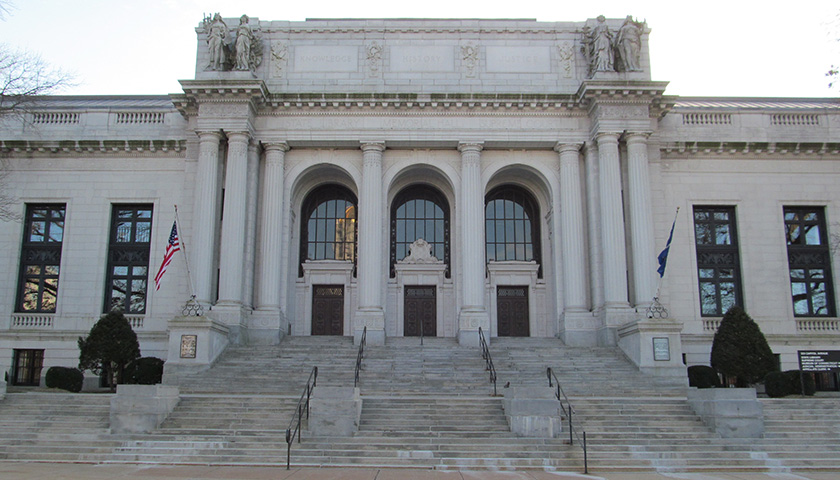by Brent Addleman
The state’s Supreme Court has until Feb. 15 to render a decision on how Connecticut’s congressional district maps will be drawn.
The court heard arguments Thursday from attorneys representing Republican and Democratic members of the Reapportionment Commission, who have been unable to reach agreement on how the state’s congressional districts will be drawn.
At the crux of the arguments are maps that are to be drawn with the least amount of change from current districts, with close approximations of the number of residents in each district, and how to address the “lobster claw,” a gerrymandered district that dates back to 2001.
The court appointed Dr. Nathaniel Persily as special master, a law professor at Stanford University, to handle redistricting efforts. In a hearing Jan. 10, he urged both Republicans and Democrats to go back to the drawing board one last time. Persily also submitted two plans to the court for new maps.
On Thursday, Attorney Proloy Das, representing Republican members of the commission, argued that the commission must “draw the best and fairest map for the electorate” and it would be the only “way to fix the current gerrymandered lobster claw that defines our present map.”
Das pointed to a 1992 case where the Supreme Court said two circumstances would allow for the courts to address redistricting. One would occur when a map was challenged by a group. The second way, Das said, was if the redistricting commission fails to come up with a map.
The court, Das said, would be forced to prepare the “fairest and best map.”
Das argued that in order to fix the gerrymandered district, “traditional redistricting principles” should govern the redrawing of the map. He said that is what “the court should do.”
Das asked the court to allow Persily to “prepare a map using traditional redistricting principles, otherwise this lobster claw is not going away.”
Aaron Bayer, representing Democratic members of the Reapportionment Commission, argued that Persily’s map should be used.
“On Dec. 23 [2021], this court gave clear, unequivocal, very precise directive to the special master on how to prepare a reapportionment plan,” Bayer said. “The special master followed those directives meticulously and produced a plan that complies in every respect with this court’s order.
“The court should adopt the plan that the special master has recommended.”
Bayer said that while the state’s constitution gives the court the authority to step in when the redistricting process doesn’t result in a map, he said it doesn’t direct the court to step in and replicate the political process.
Bayer argued that a partisan gerrymander, where one party in political power has control over the redistricting process and uses the power to create districts to preserve that power, was not part of the case.
“That is not what we have in Connecticut,” Bayer said. “We actually have an unusually and good redistricting process where no matter what party is in power, no matter who controls the Legislature, no matter who sits in the governor’s seat … there is a bipartisan reapportionment commission with each party having equal representation.”
– – –
Brent Addleman is an Associate Editor and a veteran journalist with more than 25 years of experience. He has served as editor of newspapers in Pennsylvania and Texas, and has also worked at newspapers in Delaware, Maryland, New York, and Kentucky. Addleman contributes to The Center Square.
Photo “Connecticut Supreme Court Building” by John Phelan CC BY 3.0.







